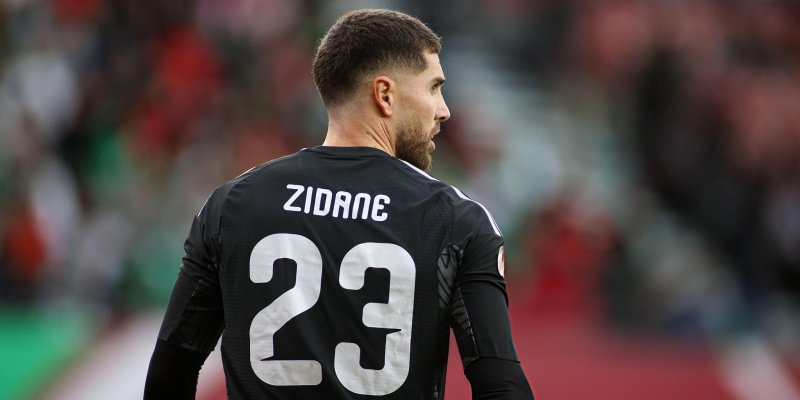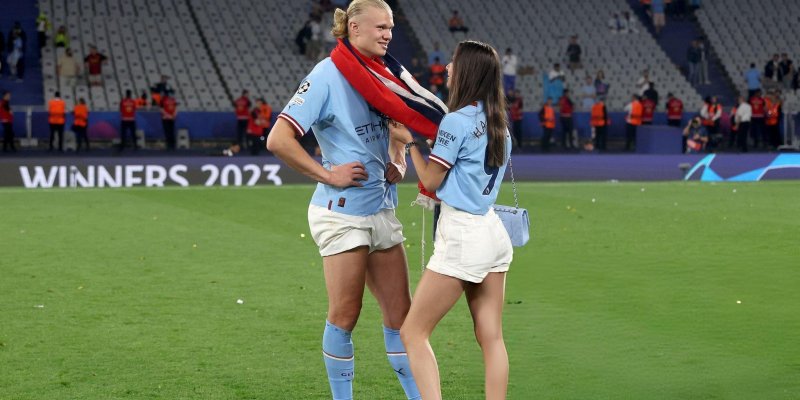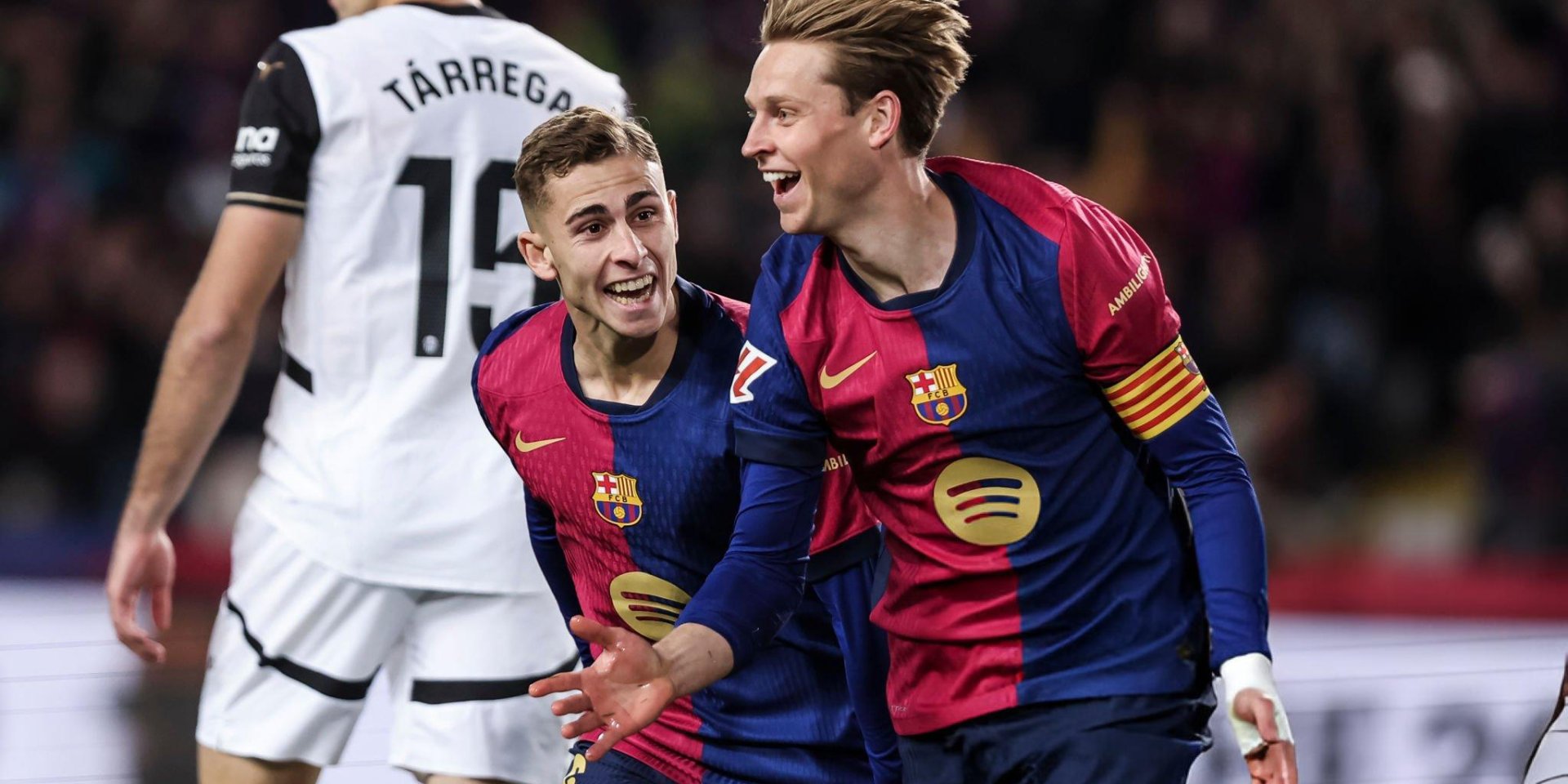
Debt Reload: Bonds Instead of Balance-Sheet Burden
At the start of summer, the Catalan giant executed a quiet yet colossal operation: the club issued bonds worth 424 million €, converting part of its old obligations under the Espai Barça project. Formally, the money is the same, but thanks to this new instrument it no longer presses on the budget right now. For investors, it is a long-term bet on revenues from the revamped stadium; for Barça it is an oxygen mask that allows the next transfer windows to pass without suffocating restrictions.
Longer Terms, Lower Rates: The Deal in Detail
President Joan Laporta’s main victory was pushing the start of repayments from 2028 to 2033. Full repayment is now stretched to 2050. An additional bonus is a reduction of the interest rate to 5.19 %: half a percentage point may seem small, but over a quarter-century horizon it saves tens of millions. Creditors would hardly have shown such generosity had a rating agency not upgraded the club’s credit status from “stable” to “positive.” Financial powerhouse Goldman Sachs, which arranged the issue, still believes in the commercial potential of the renewed Camp Nou: once renovation is complete, the arena is expected to generate at least 247 million € a year.
How Camp Nou’s Renovation Dictates the Budget
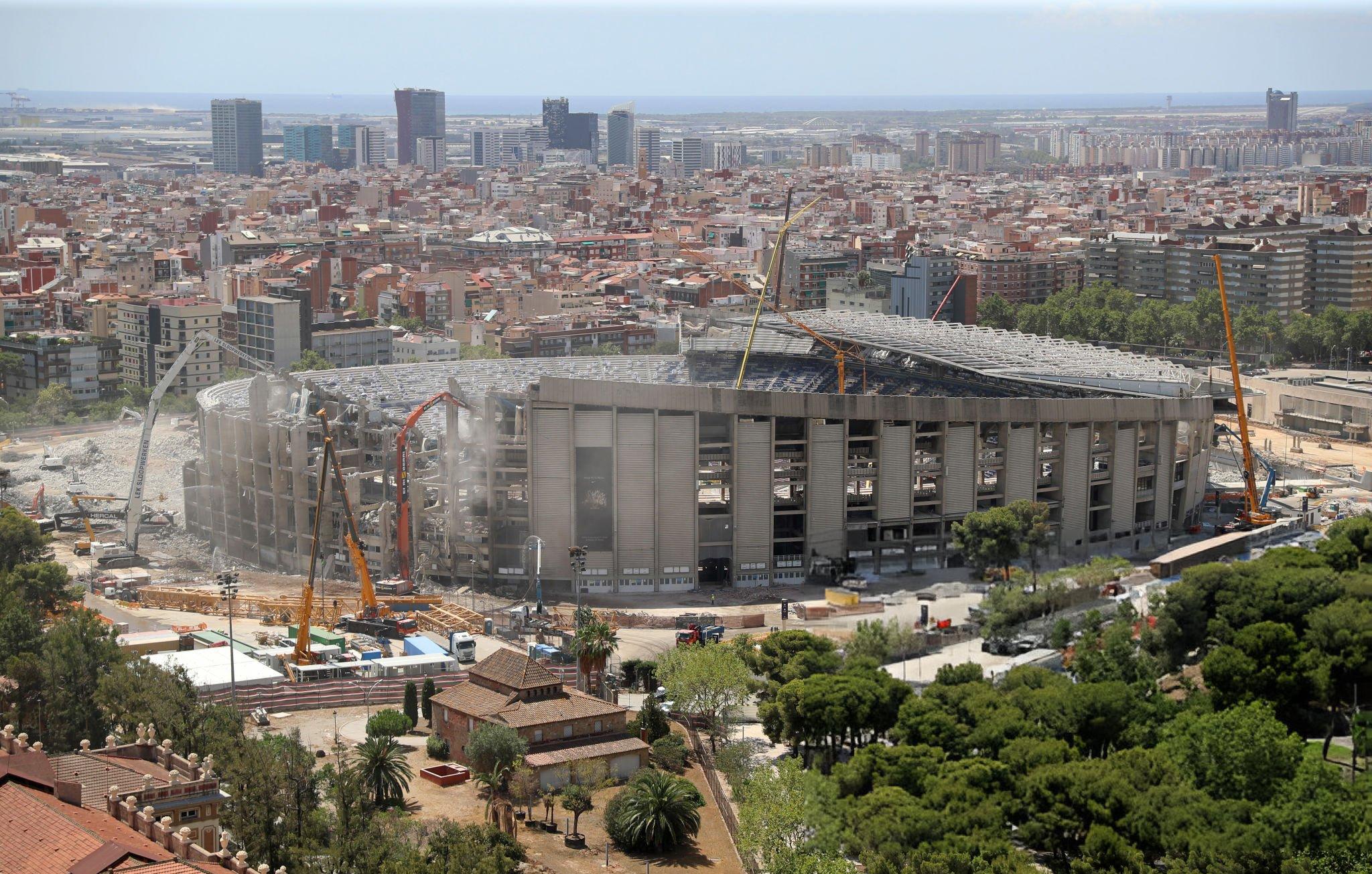
The construction itself began on 1 June 2023 and has already exceeded the initial budget and timeframe. The team managed to play two full seasons at the Montjuïc Olympic Stadium, although it originally planned to return home by the end of 2024. Every extra month in exile means lost ticket and match-day revenue. The decision to start paying the loan only after the arena opens therefore became priceless: the cash flow from Camp Nou will cover the first tranches, while the club frees up funds for day-to-day operations and the player market.
The 1:1 Rule: When Will Barça Escape the Limits?
The key puzzle for the Catalans is La Liga’s infamous 1:1 rule, which allows a club to spend on salaries and amortisation exactly as much as it earns. Two weeks ago, Laporta confidently declared that the threshold had been reached and that it was precisely why Barça could strike a verbal deal with Dani Olmo. The league poured cold water on that claim: “the restriction remains, the club’s documents are still unapproved.” The president now speaks more cautiously, emphasising a “path to compliance” rather than a goal already achieved.
Hunting Nico: A Battle With Athletic for Bilbao’s Star
The blaugrana’s main transfer dream is winger Nico Williams. His contract contains a 62 million € release clause, and the Catalans have already outlined a deal for him. But Athletic launched a defensive press: the club not only keeps its leader with a pay rise, but has also asked La Liga’s leadership to audit Barcelona’s finances. The Basques argue that their rival simply has no legal corridor for such a large investment. Laporta publicly retorts: “If an opening appears, we’ll trigger the clause without hesitation,” hinting that the money could be raised within days.
Saving for Good: Who Will Leave Camp Nou This Summer
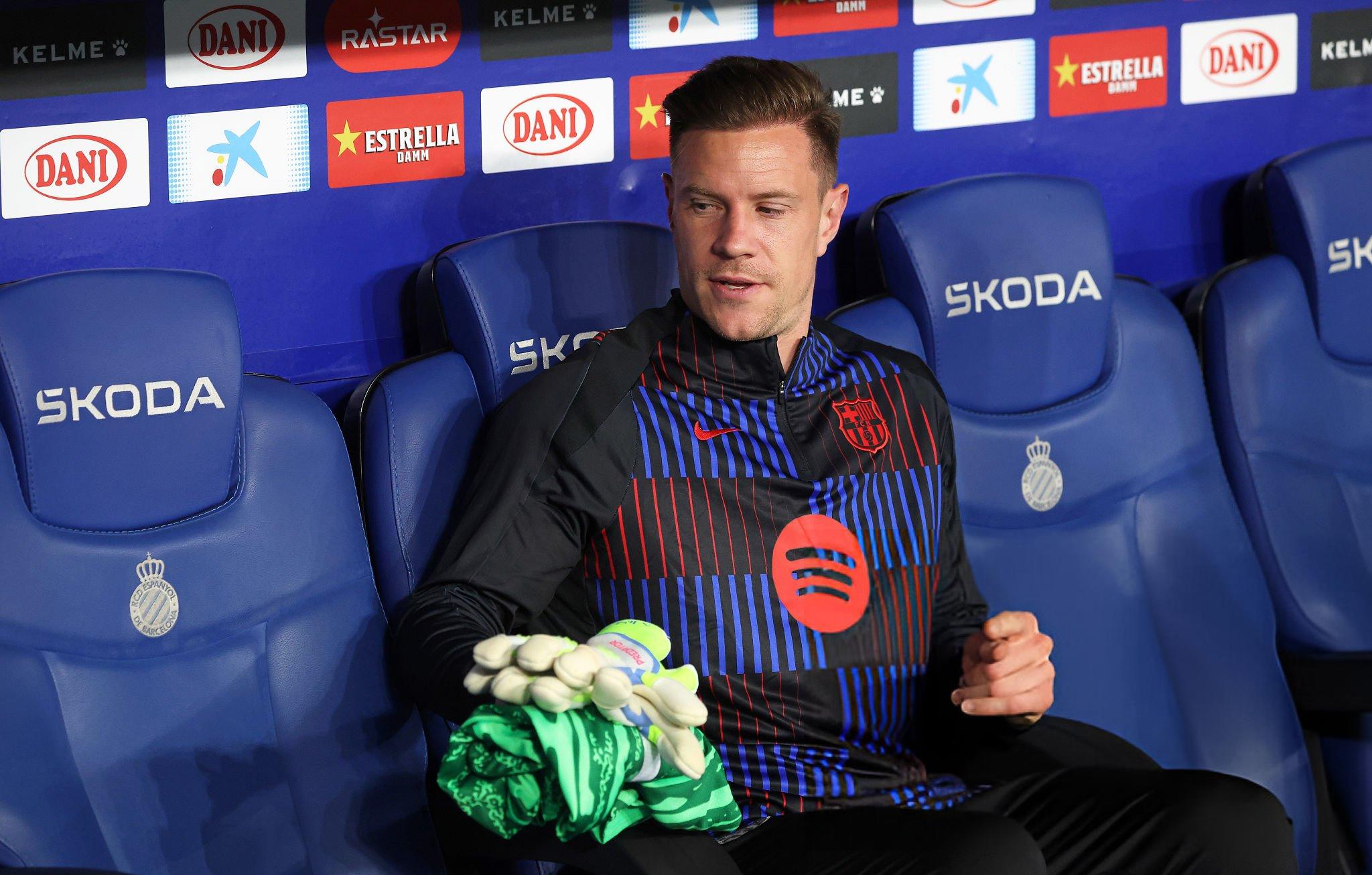
To open that very window, Barça started clearing the payroll. First, the club terminated its contract with Clément Lenglet, shedding roughly 32 million € in total liabilities. Next, Ansu Fati was loaned to Monaco — the Monegasques cover half of his salary, easing the Catalan balance. The club has also pocketed nearly 20 million € through “solidarity percentages” from former players’ resale.
Next come the two most painful operations:
- Marc-André ter Stegen. The captain-keeper is under contract until 2028, but part of his salary was deferred to post-COVID seasons. Management is urging the German to terminate early with a payoff equal to one year’s wages. Ter Stegen, however, intends to receive the full amount.
- Andreas Christensen. According to insider Fabrizio Romano, the Dane has been put on the market at the initiative of sporting director Deco, who trusts Ronald Araújo. The centre-back is valued at about 30 million €, and the club hopes this sale will be enough to finally fit inside the 1:1 framework.
So far there are no other top-level “victims”: João Félix has already returned to Atlético, and there is no demand that justifies a high price for Jules Koundé. La Liga is clear: “Haaland, Messi or anyone else — the rules are the same for all, our stance will not change.”
What’s Next: Is the Path to Big Transfers Open?
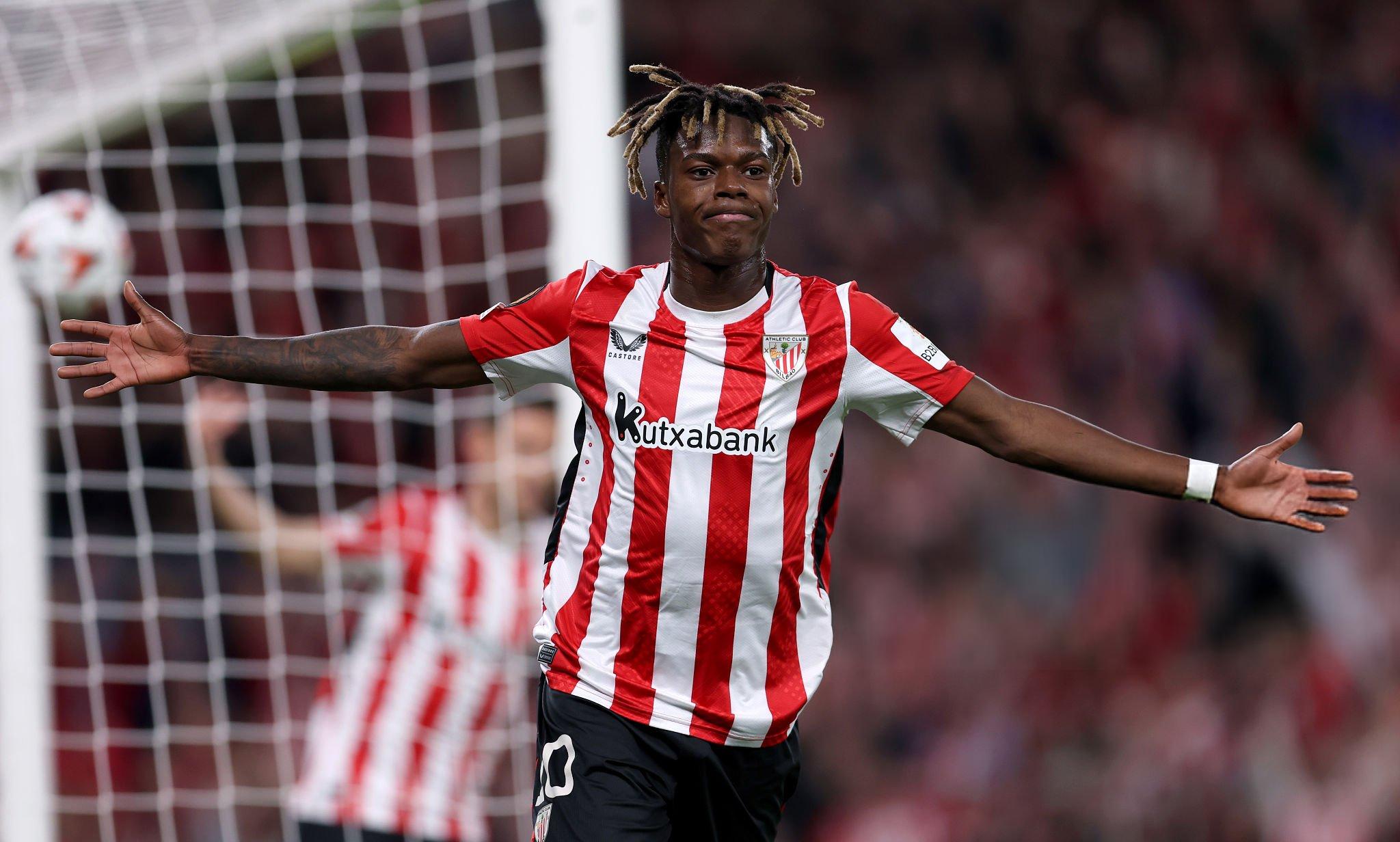
Reviewing the Espai Barça debt does not grant a direct licence to shop, but it improves short-term metrics and simplifies dialogue with La Liga. If Barça can close the deals on Lenglet, Fati and Christensen and somehow come to terms with ter Stegen, savings on the wage pool will exceed 70 million € a year. In the financial fair-play matrix, that figure may become the missing “one” for full 1:1 compliance.
In that case, by the end of July the club has a chance to activate Nico Williams’s clause, and under favourable circumstances even enter the free-agent market for an experienced defensive midfielder. Nor should youth contracts be forgotten: extending Lamine Yamal automatically increases the wage budget, meaning the balance will once again be on a knife-edge.
One thing is certain: the upcoming transfer window for Barcelona promises to be tense and spectacular. Fans crave fresh blood after two years of restraint, while the accountants at the Ciudad Deportiva count every euro cent. The fate of the Nico dream — and of the entire Catalan project — will be decided largely not only by sporting achievements, but also by the numbers in the “% on bonds” column.

